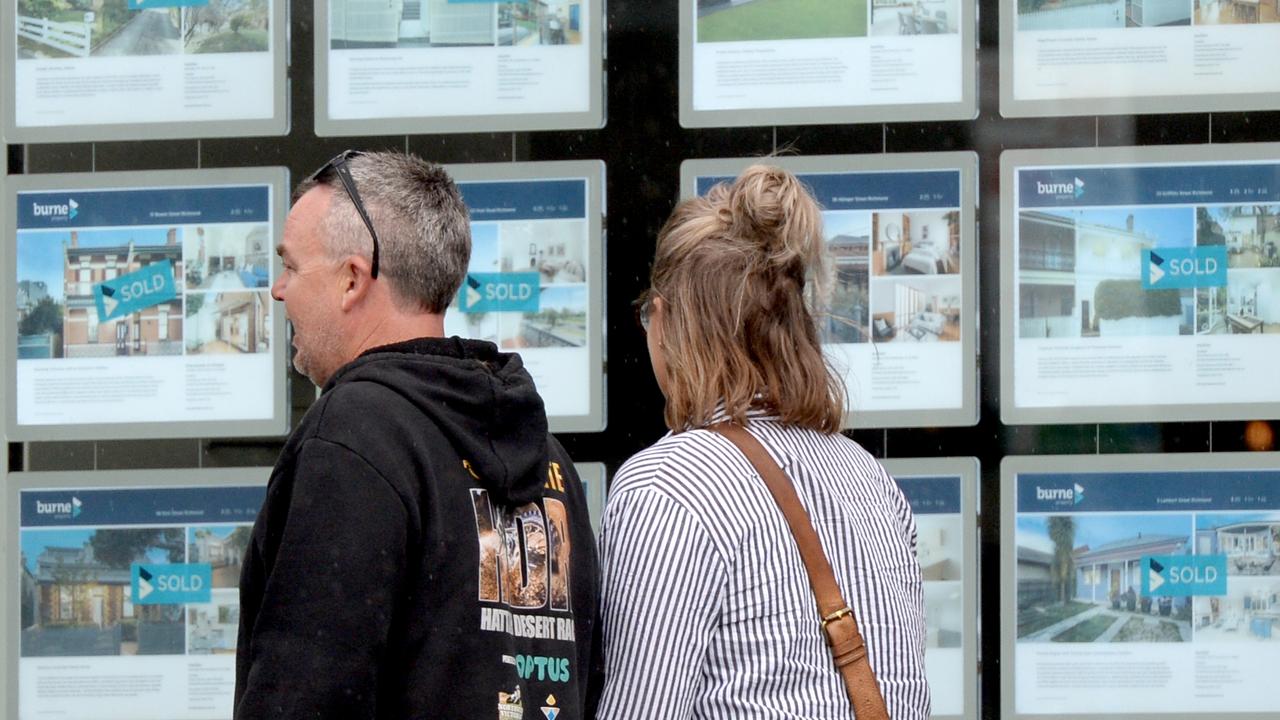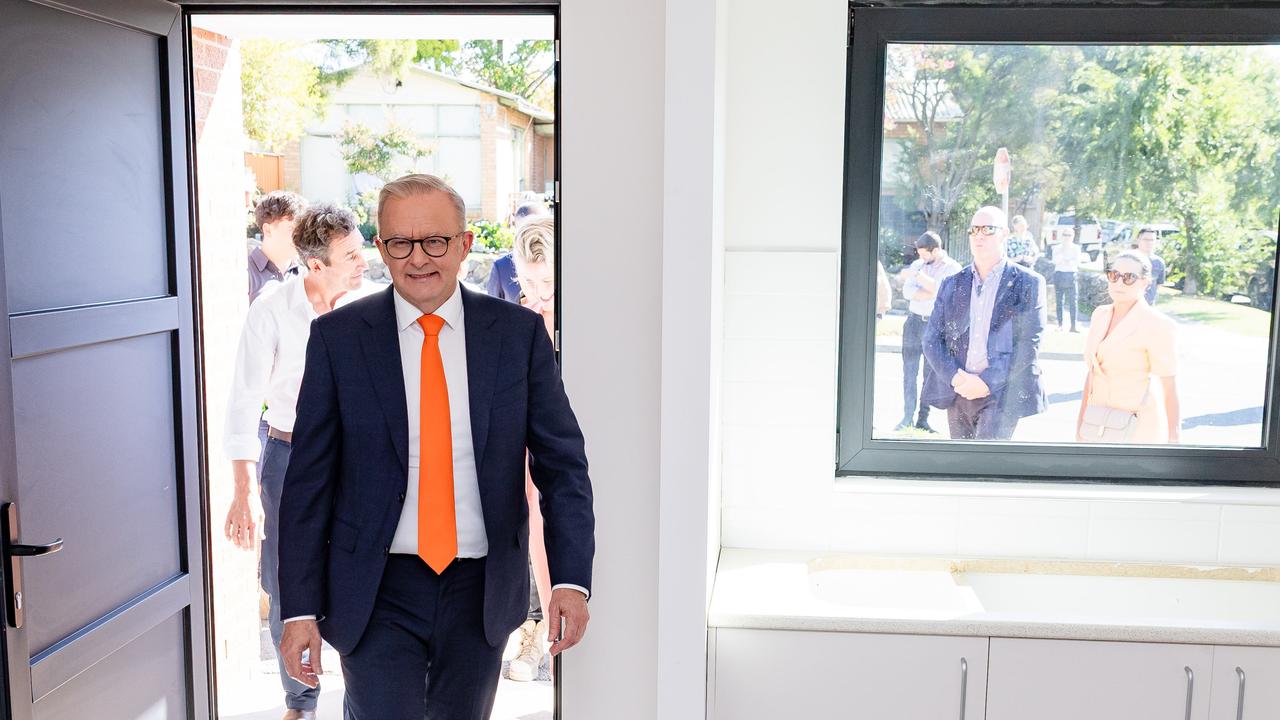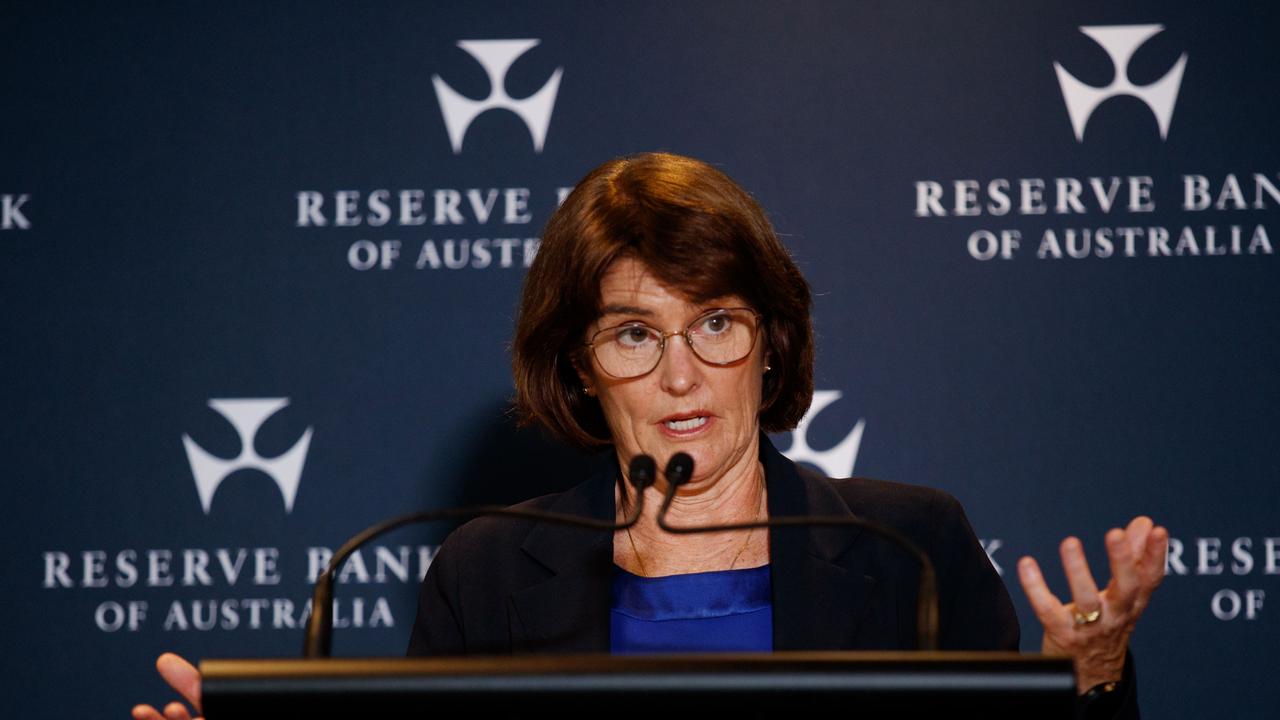Hyperloop: high-speed rail network that could come to Australia
A SUPERSONIC rail that travels at a lightning speed of more than 1000km/h could be coming to Australia. But there’s a catch.
IMAGINE if you could take a train from Sydney to Melbourne in under an hour.
No exhausting nine-hour drive. No fuss boarding a plane. You could just jump on a lightning-fast train and be interstate sooner than it would take you to get home during your daily peak-hour commute.
This dream could soon be a reality. According to Hyperloop One, a technological company invested in the development of a new high-speed rail network, a route between Sydney and Melbourne could serve as a possible testing ground for lightning-fast travel over long distances.
WHAT IS THE HYPERLOOP?
The Hyperloop is envisioned as a supersonic tubular capsule, capable of speeds of more than 1000 kilometres per hour along a magnetic track.
The concept was created by Elon Musk, the Silicon Valley billionaire who founded Tesla and SpaceX.
It’s gained interest across the world, with cities in Europe, America and the Middle East taking note of the project.
Earlier this year, it was picked up by the firm Hyperloop One, which secured $80 million in May and publicly demonstrated how the high-speed rail would work.
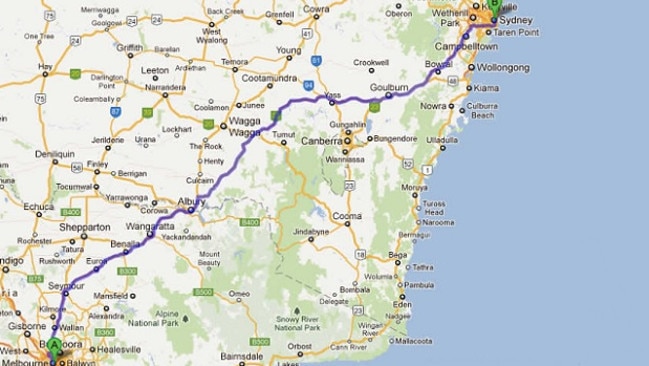
Hyperloop One’s vice-president, Alan James, said Australia was on its radar for testing the technology.
“We’re very keen to explore the potential for doing proof of operations in Australia and the reason for that is there’s a clear long-term need for ultra-fast transport on the Australian east coast,” Dr James told The Australian.
“Melbourne to Sydney is the third busiest air corridor in the world and we can give you Melbourne downtown to Sydney downtown in 55 minutes.
“So we would be looking, either in NSW or Victoria, or possibly in ACT, to develop the first section of that route, to prove the operation of Hyperloop, to get regulatory approval.”
The rail is still in the early stages of development, but Dr James said the rail would be fully operational at the company’s Nevada desert test site within the next six months.
“This is not a ‘10 years away story’, this is not a ‘five years away story’, and literally months from now the world will be able to touch, smell and see an operational Hyperloop.”
BUT IS THIS REALLY THE BEST IDEA?
While the prospect of travelling interstate so fast sounds like a dream come true, the reality may prove a little more complicated.
Australian National University sociology senior lecturer David Bissell told news.com.au the possibility of such a project was questionable.
“When you look at the timetables for these projects, they’re often very ambitious,” he said. “We’re used to hearing how driverless cars are imminent; they’ve been five years away for the past 20 years.”
That said, he acknowledged that driverless cars had unique complications the Hyperloop wouldn’t necessarily have; its technology interfaces with a whole lot of other networks, making it less autonomous.
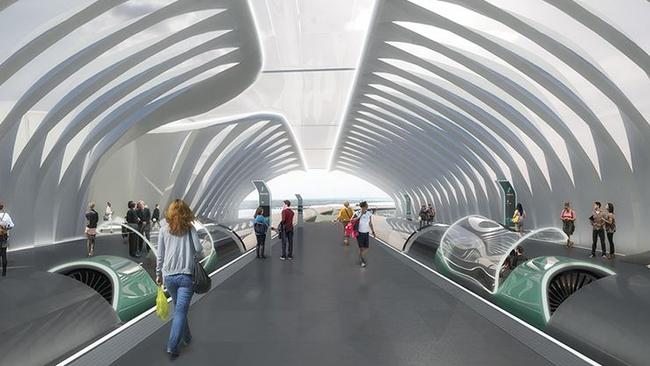
But he also expressed a number of social concerns with the concept.
“This would change the geography of Australia,” he said. “It’s time-space compression; you increase the speed of a journey and it brings people closer together.
“But bringing Melbourne and Sydney closer will, parallel to this, push other places further away. It will further cement the dominance of these cities, sure, but what about other cities? What about Adelaide, in a state that faces significant challenges economically in Australia?”
Of course, high-speed rail has been talked about in Australia for decades, and Dr Bissell expressed support for such a network entering Australia’s infrastructure scene.
But he stressed that the investment could be put to much better use.
“As a social scientist, I’m particularly interested in how we can most progressively benefit the largest amount of people.
“A high-speed rail could be really beneficial to regional Australia, in terms of driving investments and innovation in those regional areas.
“With something like the Hyperloop, you’d essentially be bypassing regional Australia, which is socially and economically problematic. Transport is a means to an end; if you’re investing in a particular transport route, proportionally the amount that will be invested in other parts of your network is less.
“If we were to invest billions in this project, we would need to recoup those costs, and we have to ask ourselves: Is this only going to aid the speedy elite? Is it only the wealthiest in society that will benefit from this?”
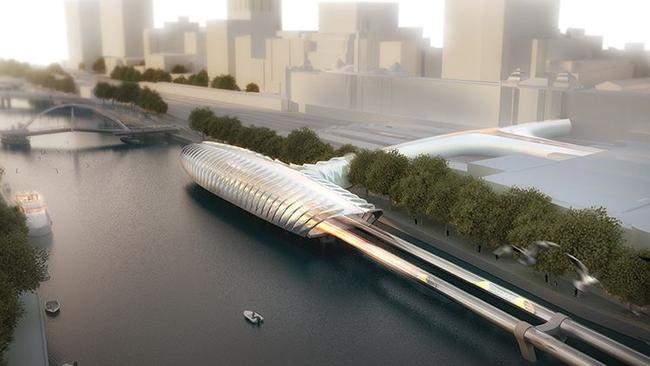
Even looking beyond regional Australia, he suggested the money would arguably be better spent improving our existing transport systems.
“People in Australia feel frustrated with the underdone nature of public transport and travelling around,” he said.
“When it takes over an hour to travel 15 kilometres on a daily basis, that has negative repercussions in terms of your quality of life, your quality time with friends and family, and this is the reality people are experiencing on a day-to-day basis.
“What would a significant government investment in a project like this, which could primarily benefit the speedy elite, say to them?”
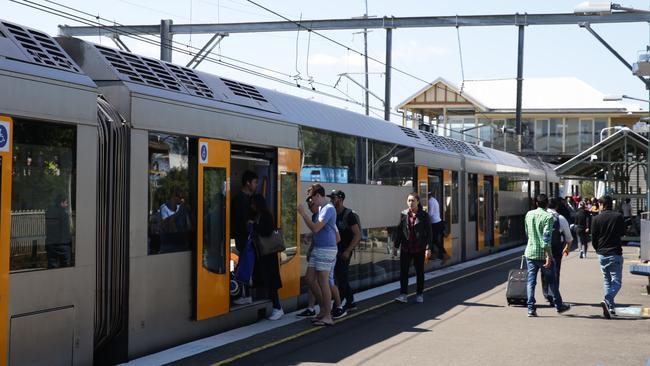
Earlier this year, private company Consolidated Land and Rail Australia developed a similar proposal for a high-speed rail network that would connect Melbourne, Canberra and Sydney — all without a cent of government funding, despite a $200 billion price tag.
It promised a slightly less ambitious trip of one hour and 50 minutes from Sydney to Melbourne, and said it could deliver the rail project by building eight new cities using land value capture to pay for it.

